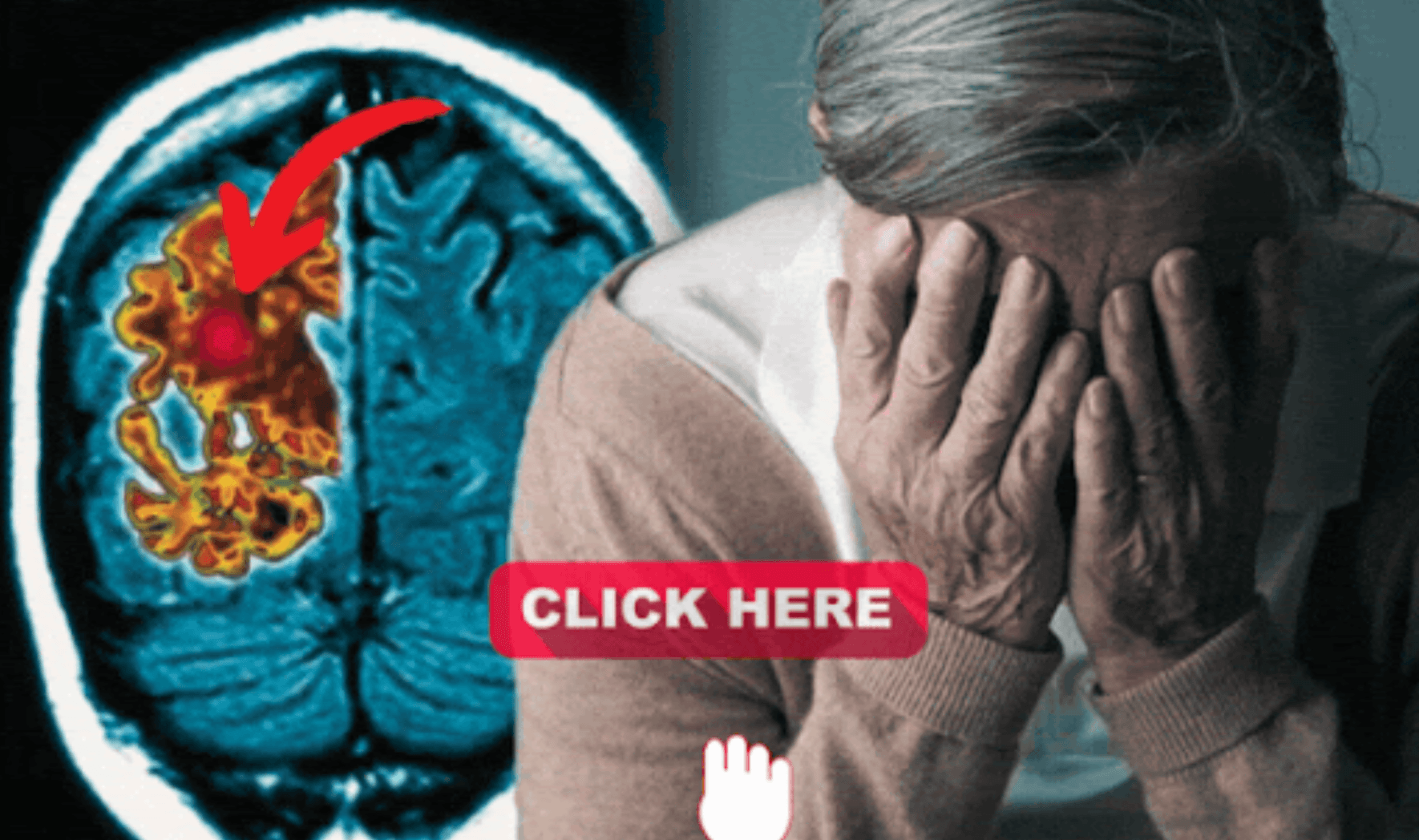Charcot Marie Tooth Disease - Symptoms & NEW Treatments! [2024]
Charcot Marie Tooth (CMT) disease is a hereditary motor and sensory neuropathy. It is named after Jean Marie Charcot, Pierre Marie, and Howard Henry Tooth, who observed the disease in 1886. The disease affects peripheral nerves, leading to muscle weakness, sensory loss, and foot deformities.
CMT is primarily caused by a genetic mutation affecting the hands, arms, and legs. It impairs nerve function beyond the brain and spinal cord, resulting in multiple symptoms that patients might exhibit differently.
Symptoms of CMT can vary significantly, but typically include muscle weakness, especially around the ankles and feet, sensory loss, and the characteristic high-arched feet described as 'keys.'
- Muscle weakness and atrophy, particularly in lower legs.
- Foot drop causing tripping or dragging of toes.
- Balance problems and frequent ankle sprains.
Nerve tests demonstrating decreased sensation, such as failure to feel vibrations in toes versus other areas like the chin, are commonly used for diagnosis.
While CMT affects quality of life, it does not typically shorten life expectancy. Management focuses on maintaining mobility and mitigating symptoms through orthotics, physical therapy, lifestyle adaptations, and potential gene therapy in the future.
Adapting daily activities, such as opting for less strenuous job tasks or choosing biking over running, can help manage CMT symptoms. Regular use of orthotic devices and ankle braces is recommended to improve stability and reduce injury risk.
Chronic pain from CMT requires vigilant management including medications, supplements like alpha-lipoic acid, and lifestyle changes to ease nerve discomfort. Emotional and social support are crucial for those dealing with depressive symptoms related to the condition.
Innovations in gene therapy and neuroprotective drugs hold promise for treating CMT, although a definitive cure is not yet available. Advances in regenerative medicine and better screening methods are also anticipated to improve life quality for those with CMT.
From Around The Web
Wellness Inbox is a blog & weekly newsletter that curates trending news and products related to health and wellness from around the web. We also gather content from various sources, including leading health professionals, and deliver it directly to you.
Please note that we may receive compensation if you purchase any products featured in our newsletter. Wellness Inbox is not affiliated with, nor does it endorse, any health professionals whose content may appear in our newsletter. The information provided is for general informational purposes only and should not be considered medical advice.
The information provided is not intended to replace professional medical advice, diagnosis, or treatment. All content, including text, graphics, images, and information available is for general informational purposes only. We do not guarantee the accuracy or completeness of any information presented and assume no liability for any errors or omissions. The content is subject to change without notice. We encourage you to verify any information with other reliable sources and consult your physician regarding any medical conditions or treatments.







